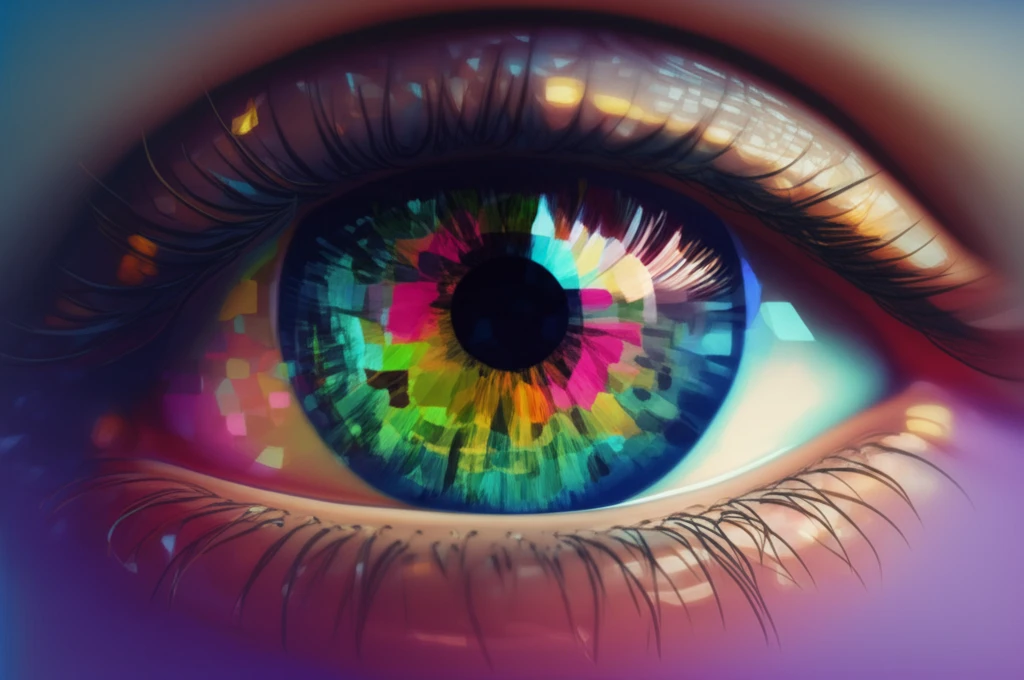
Is Your Brain Seeing What It Thinks It Sees? How Visual Tests Can Reveal Hidden Perceptual Quirks
"Uncover the surprising link between brain activity, color perception, and visual illusions - and what it means for understanding how we see the world."
Our visual system is a complex network, taking in information from the world around us and translating it into the images we perceive. But what if what we see isn't a perfect representation of reality? Researchers are increasingly interested in how our brains interpret visual information, and how those interpretations can vary from person to person.
One area of particular interest is color perception. How do we perceive different colors, and how sensitive are we to contrasts between them? To answer these questions, scientists often use techniques like steady-state visual evoked cortical potentials (ssVECPs) and psychophysics to measure contrast sensitivity – essentially, how well we can distinguish between objects or patterns with subtle differences in color or shading.
This article explores how these methods are used to study chromatic spatial contrast sensitivity, shedding light on the fascinating relationship between brain activity, visual perception, and the individual quirks that make each of us see the world in a slightly different way.
Decoding Color Vision: How VECP and Psychophysics Work

To understand how researchers measure contrast sensitivity, it's helpful to know a bit about the methods they use:
- Psychophysics: This involves testing a person's subjective perception of visual stimuli. For example, participants might be asked to adjust the contrast of a grating until they can barely see it. This provides a measure of their contrast threshold – the minimum amount of contrast needed to perceive the pattern.
- Contrast Sensitivity Function (CSF): Both ssVECP and psychophysical measurements can be used to generate a CSF, which is a graph that shows how sensitivity to contrast varies with spatial frequency (the number of cycles of a grating per degree of visual angle). This provides a comprehensive picture of how well the visual system can detect fine details at different contrast levels.
What This Means for You: Unlocking the Secrets of Sight
So, what does all this research mean for our understanding of vision? Firstly, it highlights the highly individual nature of perception. Just as people have different preferences for music or art, our brains process visual information in unique ways, leading to subtle differences in how we see the world.
Secondly, it helps us understand conditions like chromatic aberration, a type of visual distortion that can affect color perception. By using VECP and psychophysics, researchers can identify and quantify these distortions, potentially leading to better diagnostic and corrective measures.
Finally, this research underscores the importance of using multiple methods to study perception. By combining objective measures of brain activity (VECP) with subjective reports of perception (psychophysics), we can gain a more complete and nuanced understanding of how our visual system works.
